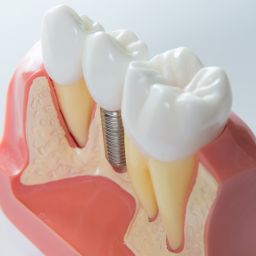Why Would a Dentist Recommend a Bone Graft Before Getting Implants?

If you’re like most people, you probably don’t give your teeth and jaws a second thought – until there’s a problem with them! In fact, many patients are surprised to learn that tooth loss causes their jawbone to “shrink” over time. And if enough time has passed between losing a tooth and getting a dental implant, there may not be enough bone left in the area to support the implant and keep it in place. That’s when a dentist might recommend a bone graft procedure. You’ve probably heard of skin grafts, which can be done when burns or other injuries require new skin tissue to heal. Bone is also considered a type of tissue that a graft can restore when it’s been lost. Keep reading to learn more about what this procedure will do for you, how it works, and what kind of recovery time you can expect!
Why Would a Bone Graft Be Necessary?
Most people don’t think about it, but your jawbone is what gives your teeth the strength and support they need to function. The roots of your teeth are surrounded by the jawbone, which anchors them into place.
When tooth loss or advanced gum disease causes bone loss, the teeth can become loose and fall out. Similarly, if an implant is placed in the jaw, it will have a much greater chance of failure because it won’t have adequate bone support – which is where a bone graft comes in.
How Does the Procedure Work?
During a bone graft procedure, a dentist who specializes in oral surgery will use a small amount of bone to “fill in” the empty socket where the tooth once was. This bone can come from another part of the patient’s body or, more often, it’s a special type of bone tissue from another source.
The body then uses it to begin growing new bone tissue to restore the strength and mass of the jawbone that was once there.
How Long Is the Recovery Time?
It generally takes the body several months to regenerate new bone, but it depends on the amount of bone that was initially missing. Once the healing process is complete, the implant procedure can begin. In some cases, the bone graft procedure and the implant can be done at the same time.
Remember, although a bone graft takes time, it’s worth it if it leads to having a successful implant that lasts many decades – or even a lifetime!
